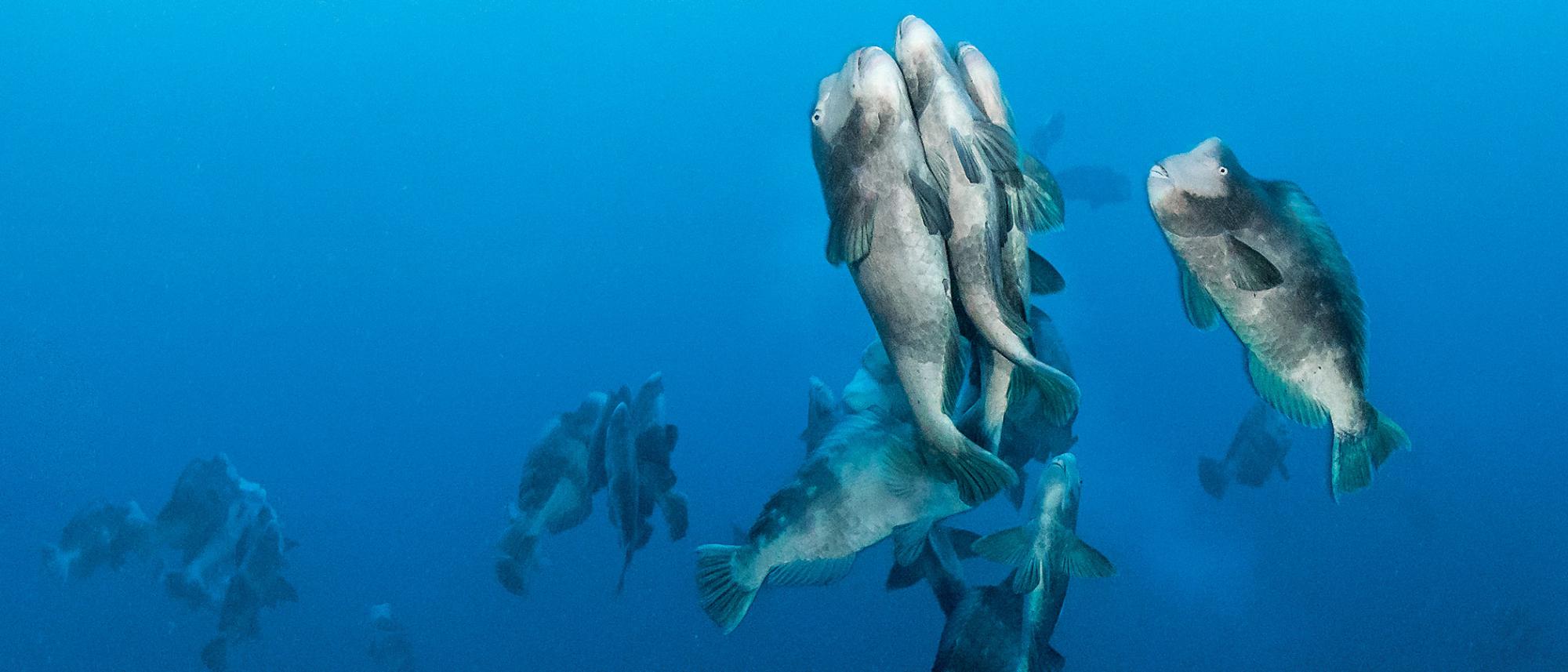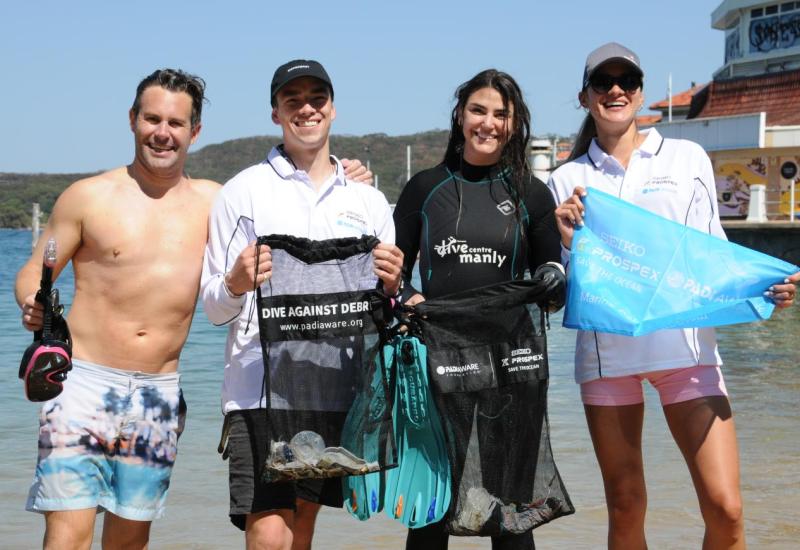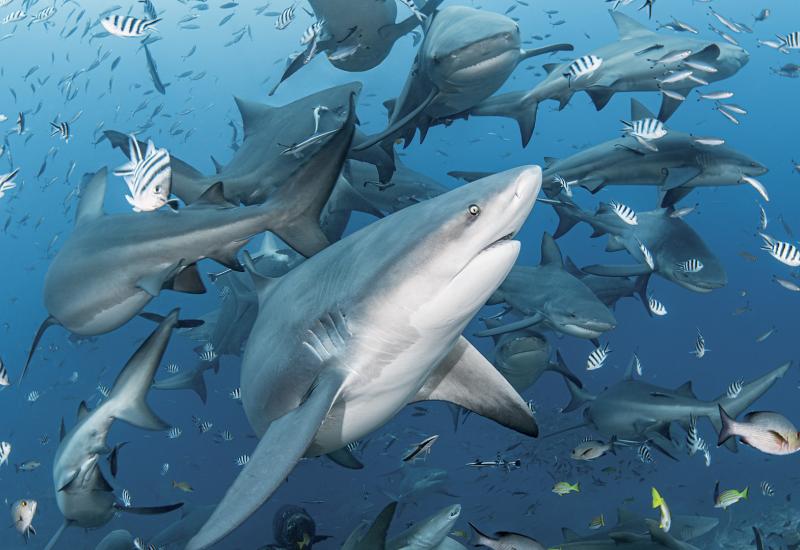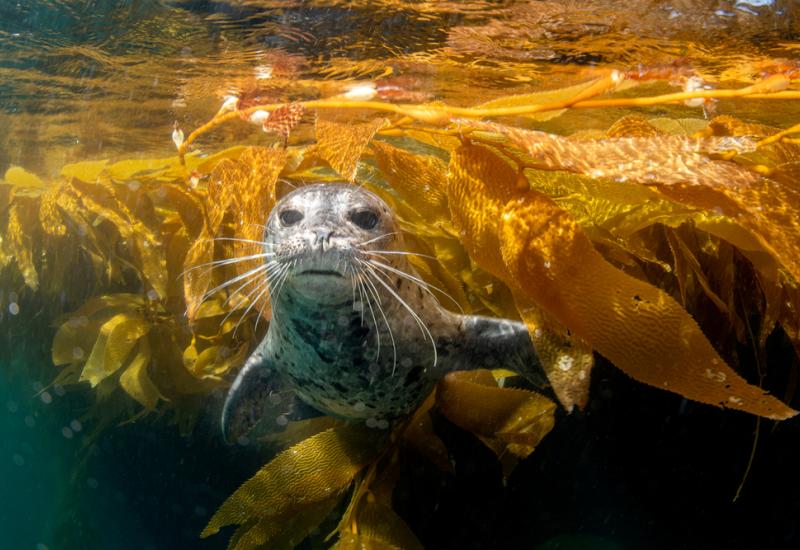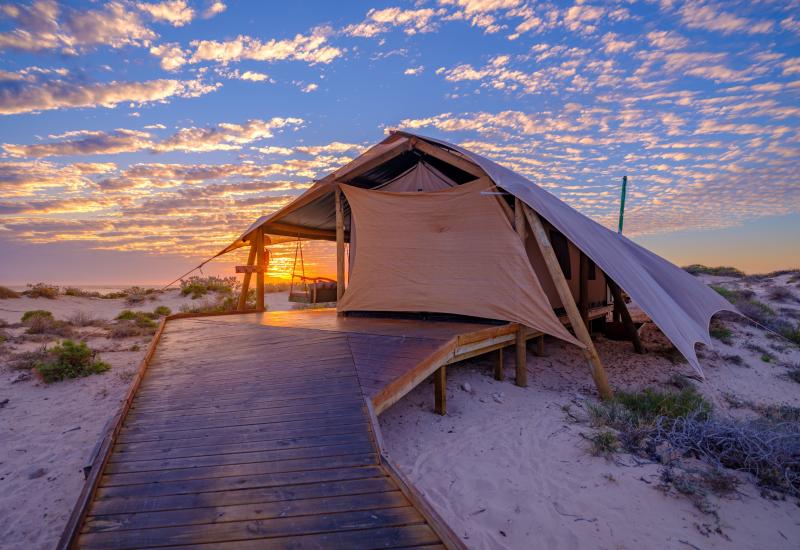Palau Scuba Diving Liveaboard Guide
^^J^^ust as we crest the reef ridge, a tornado of fins swarms in the water column, dark and buzzing with frenetic energy.
I can’t believe it — we’re witnessing the mating aggregation of at least a hundred green humphead parrotfish, a large Indo-Pacific species at 4½ feet long — and yet, during this morning’s briefing, this is precisely what dive guide and cruise director Ben Clark assured us we’d see this day, the third of a 10-day charter aboard Rock Islands Aggressor. Elsewhere in the world, observing mating wildlife is a Holy Grail experience. Here in Palau, the event happens like clockwork.
Clark explains to our group that three days before the new moon of every month, this species convenes at a site west of Ulong Island called Sandy Paradise.
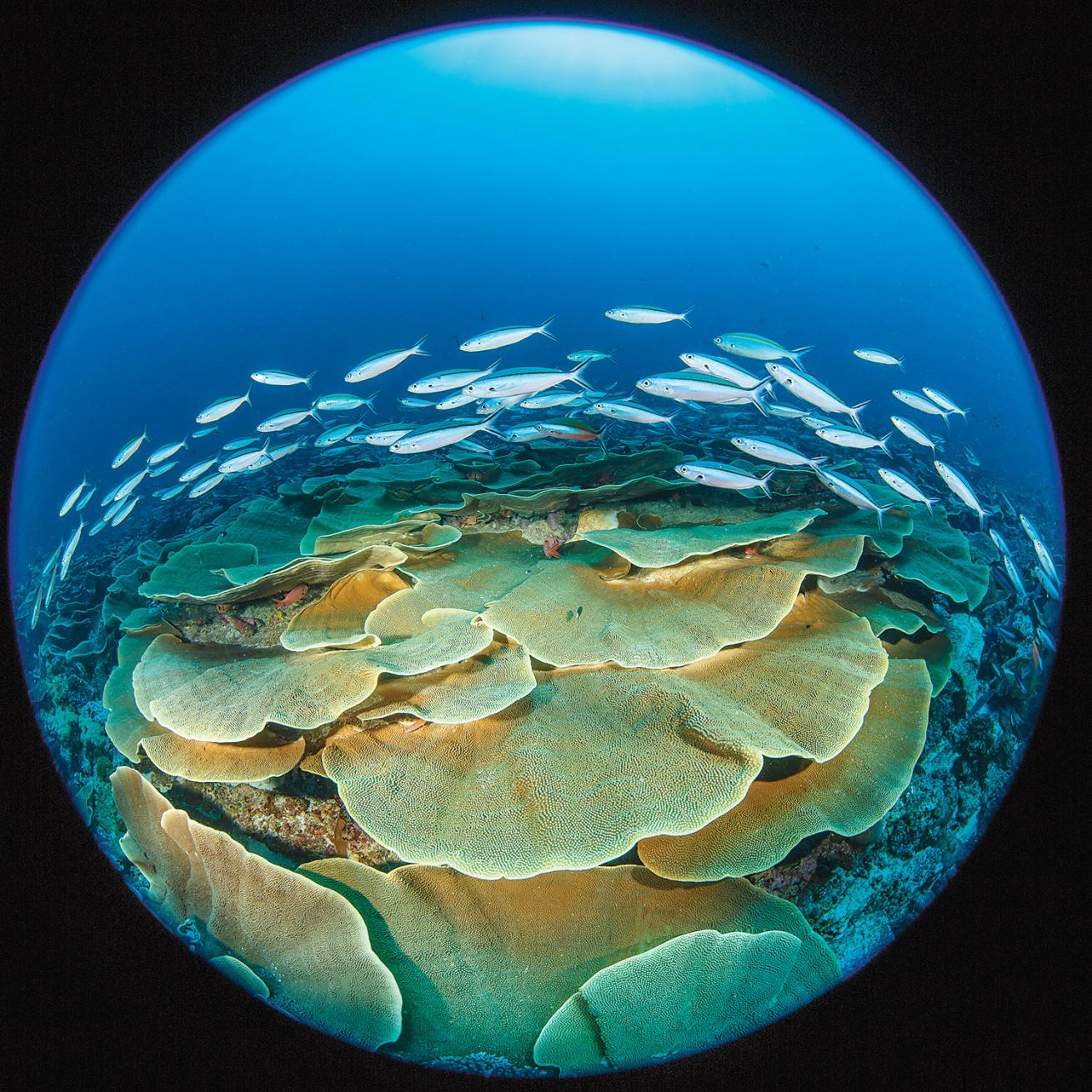
Allison Vitsky SallmonSprawling plate corals at Shark City.
Because we’re on a liveaboard, we’re fins in at 7 a.m., and we’re diving from the only vessel in sight. The dayboats — many of which depart from the island of Koror to the northeast — won’t reach this or many other sites until an hour or so after leaving the dock at 8 a.m.
For now, this spectacle is all ours. Best of all, Clark shares that the fish aren’t bothered by divers, so we don’t need to worry about giving them space to make moves.
“Once it’s on, it’s on,” he says.
And so we swim. I fin amid a herd of 30, watching a large male check me out. As I near, he holds his space, rolling an eyeball forward and back to take me in. He’s an odd fish.
All of them are, really, with that knobby head and a mouth cracked open to reveal horsey teeth, as large as Chiclets gum. It’s the only fish I’ve ever seen that seems to be sporting dentures. But perhaps the knobbier the head and the horsier the teeth the better because other fish seem pleased to mingle with my friend.
He rubs up against others, and they rub right back. They chase each other, and dart up and into the water column only to rejoin the group. And so it goes for the remainder of the dive.
Back on the skiff to the mothership, one of my fellow divers recounts the main event: a female parrotfish releasing eggs just as several males released clouds of sperm into the sea.
A little dirty? Maybe. Unforgettable? Absolutely.
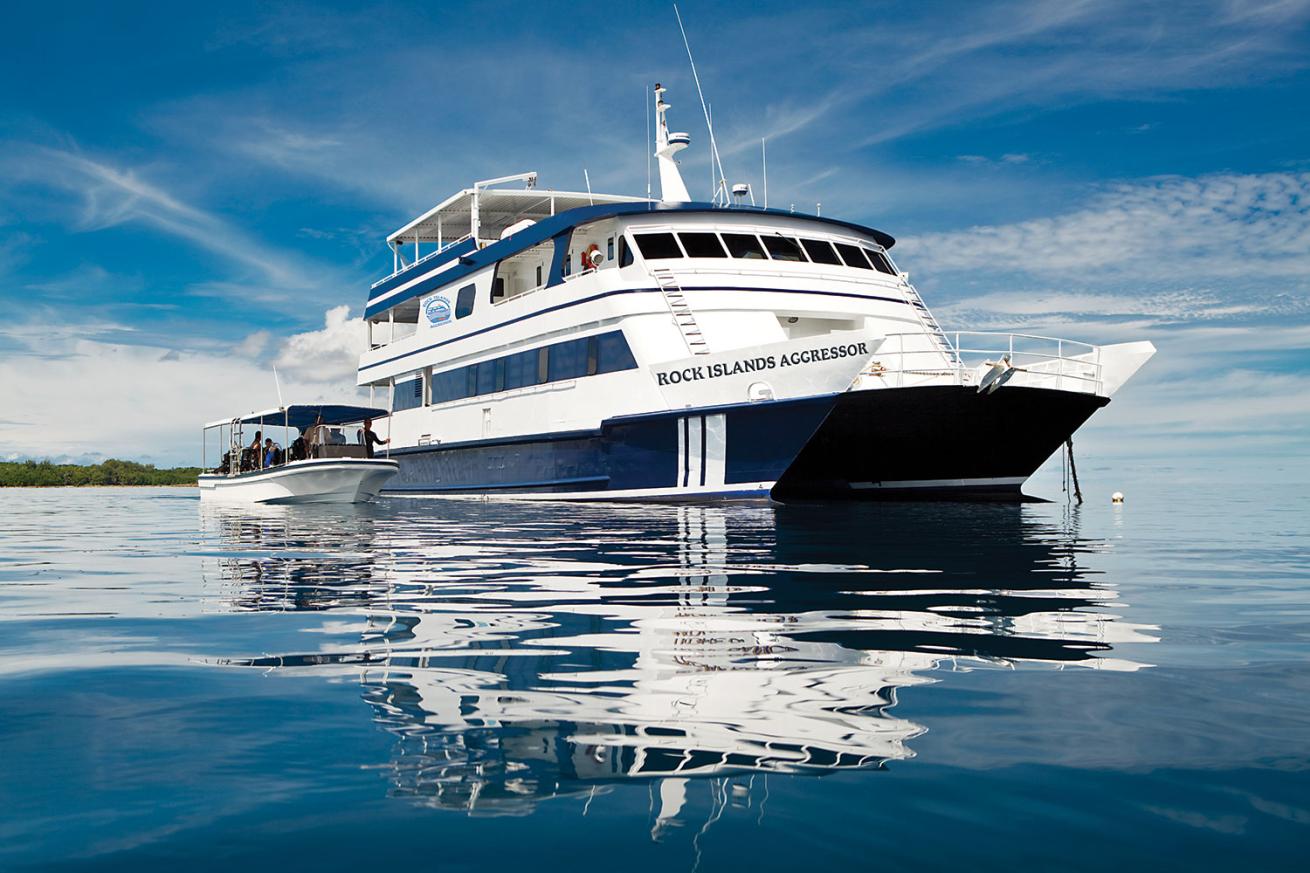
Aggressor LiveaboardsRock Islands Aggressor and its deck.
ALL HYPED UP
The confidence of our dive guide surprises me again two days later as he briefs us on Blue Corner, one of Palau’s signature dives.
Clark tells the group: “Everything you can see in Palau, you can see at Blue Corner.”
He rattles off a list of rays, including marble and manta, plus schooling fish and pelagics. I wonder if he’s promising big to simply rally the enthusiasm of the group, or if this site’s odds of delivering are just that good.
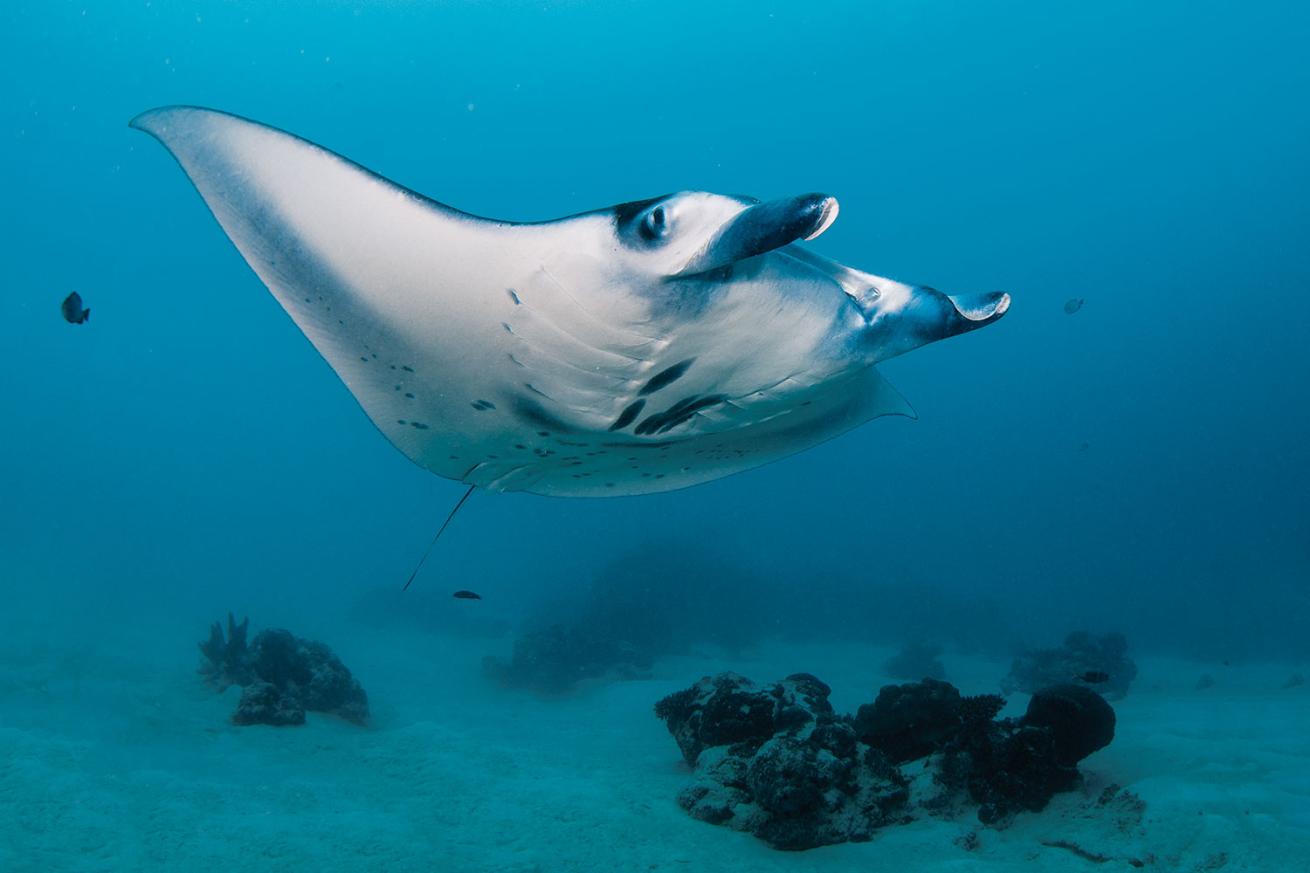
Allison Vitsky SallmonA manta ray passes through German Channel.
I lean toward the latter, given that yesterday’s dive at Ulong Channel featured one of the healthiest reefs I’ve seen, complete with gardens of spiraling lettuce leaf coral and a seemingly endless stretch of life. We rode the incoming tide as it carried us along a sand channel cutting between two walls thick with every variety of coral found in the Indo-Pacific — from tabletop to soft, in purples and pinks. Out here, the clams are all giant, the green turtles massive, and the schools of jacks seemingly unending. Again, we’re the first boat to arrive; divers back-roll in shortly after sunrise.
We don’t even reach the wall before a Napoleon wrasse beelines for the group, circling each diver intently.
Before I get too engrossed in reading its behavior, a flash of black darts in front of my mask. It’s a long-nose unicornfish, which has a habit of coming in close.
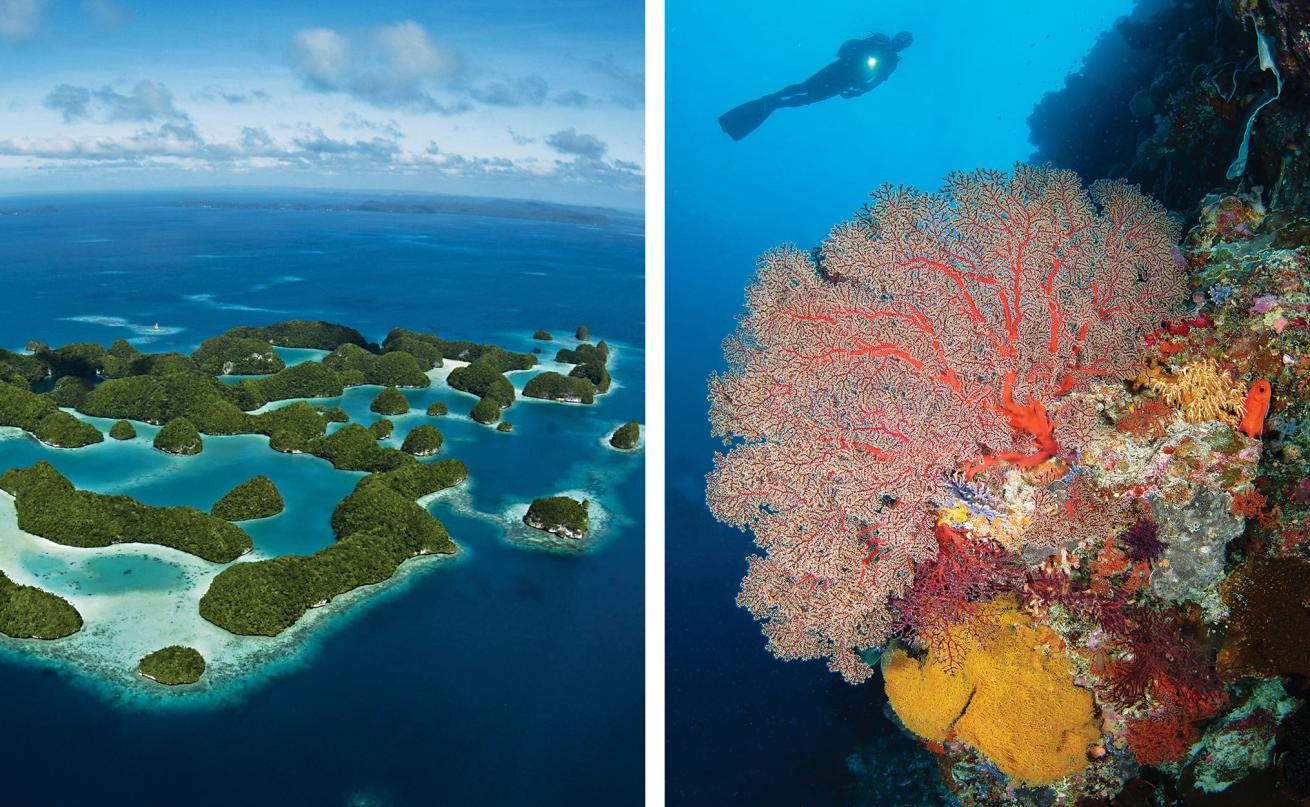
Aggressor Liveaboards; Allison Vistky SallmonThe Rock Islands (left); a diver hovers over the corals decorating Siaes Wall.
Clark warned us: “They clean themselves in our bubbles, then swim off to impress a female.”
Both the Napoleon wrasse and a small group of unicornfish follow us as we settle in at the wall’s edge, finding pockets in the rock to hook in — that is, secure ourselves with reef hooks and a bit of rope so we can stay anchored as the current powers past. This system allows divers of all abilities to get in on the action, as blacktip sharks, jacks, chevron barracuda and snapper weave, wind and hunt while using the flow to their advantage.
But there’s too much here to simply stay in one spot, so after a few moments, we unhook and make our way to the interior reef. The dive continues, with one delight after another, from orange-fin anemonefish to giant moray eels.
The finale is signaled with a clanging of hooks. I spy heads swiveled left. Divers drop low just as two giant mantas wing down a side channel.
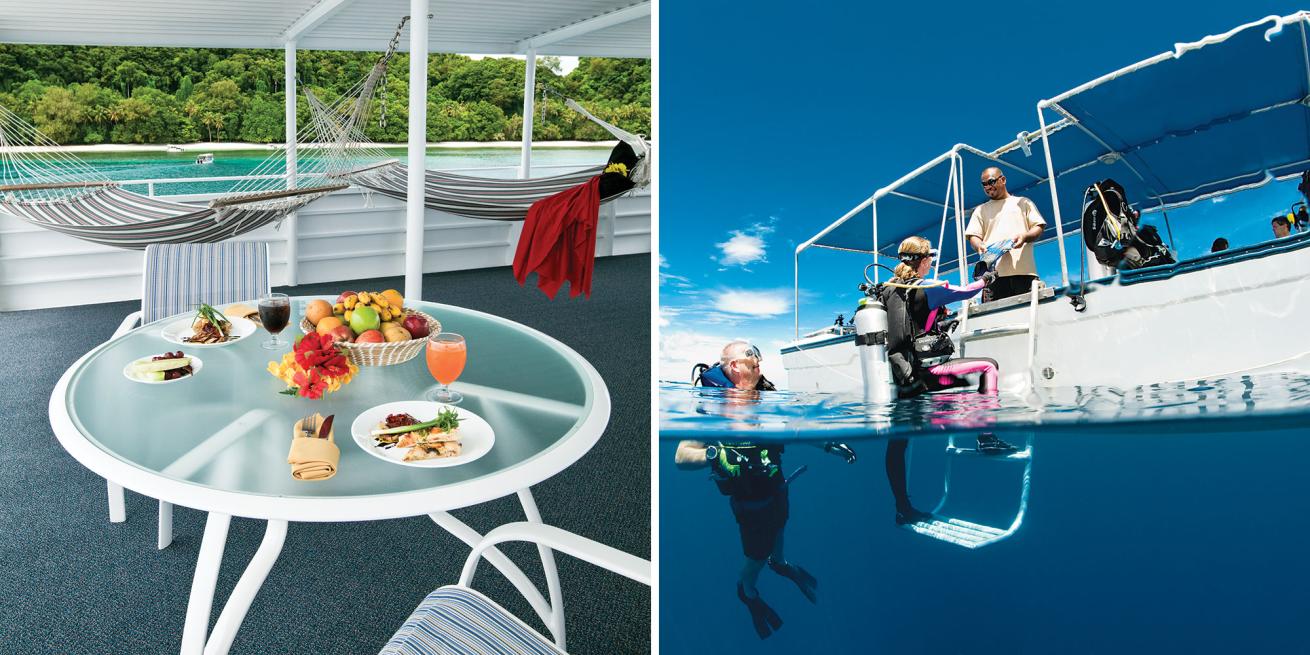
Aggressor LiveaboardsRock Islands Aggressor’s skiff and deck.
Then a hush and stillness fall over the group. All heads track the movement of these aliens. The encounter is quick, but the sense of awe is so great that it seems to have changed the group.
And, indeed, maybe it has. That evening, everyone finds his or her way to the top deck of Rock Islands Aggressor at sunset for happy hour. Everyone is still talking about the mantas.
Together we watch the sky glow pink from the horizon up through layers of cumulus clouds billowing over the Rock Islands. Nobody says it, but I have a hunch we’re all thinking it: We are the lucky ones.
Need to Know
When to Go: January through April is prime time. Winds are most favorable for visiting Blue Corner and other well-known sites. To ensure you’ll see the spawning of either bumpheads or snapper, check out a schedule of the full moons. The full list of spawnings includes: late May/early June for grouper in Ulong Channel; March and April for the sailfin snapper off Peleliu, as well as Moorish Idols and orangespine unicornfish. Water temperatures vary little year-round; Palau is just 7 degrees north of the equator. Temps range between 80 and 84 degrees F.
Operator: Rock Islands Aggressor, a custom-built dive catamaran, is among Aggressor’s most stable yachts. The nine guest cabins are all on the same level as the dive deck, and each cabin has an en suite bathroom. All diving is done as one group from the 35-foot skiff. Seven- and 10-day itineraries are available. The Rock Islands Aggressor and Palau Aggressor II are sister ships and take 18 guests each.
Traveling Tips: If you arrive a day early, rent a car for the 90-minute drive on Koror’s northern road. Stop at Ngardmau, and hike to a waterfall. On the northern tip of the island, find Ngarchelong, site of the stone monoliths. If you extend your trip with time in Yap or Truk, choose United Airlines; it’s often the most convenient carrier within Micronesia.
Price Tag: A weeklong trip starts at $3,335; port fees, a cabin tax and dive permits are not included. Nitrox is $150 for the trip.
Want More Info? Check out www.aggressor.com or email Aggressor Adventures at [email protected]
Editor’s Note: A previous version of this article incorrectly stated that the humphead parrotfish spawning happens just before the full moon. It has been updated to correctly state that this occurs before the new moon.

